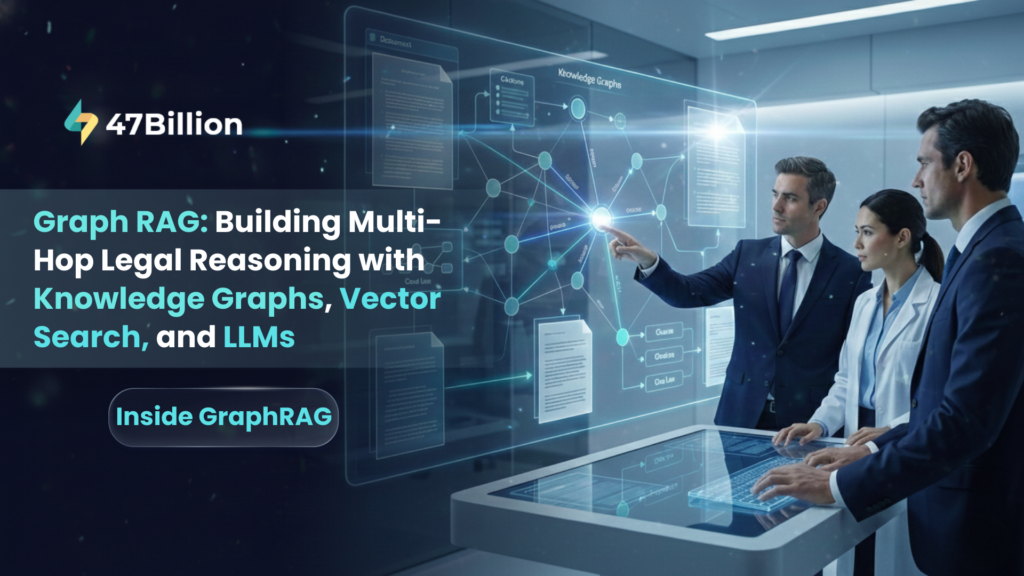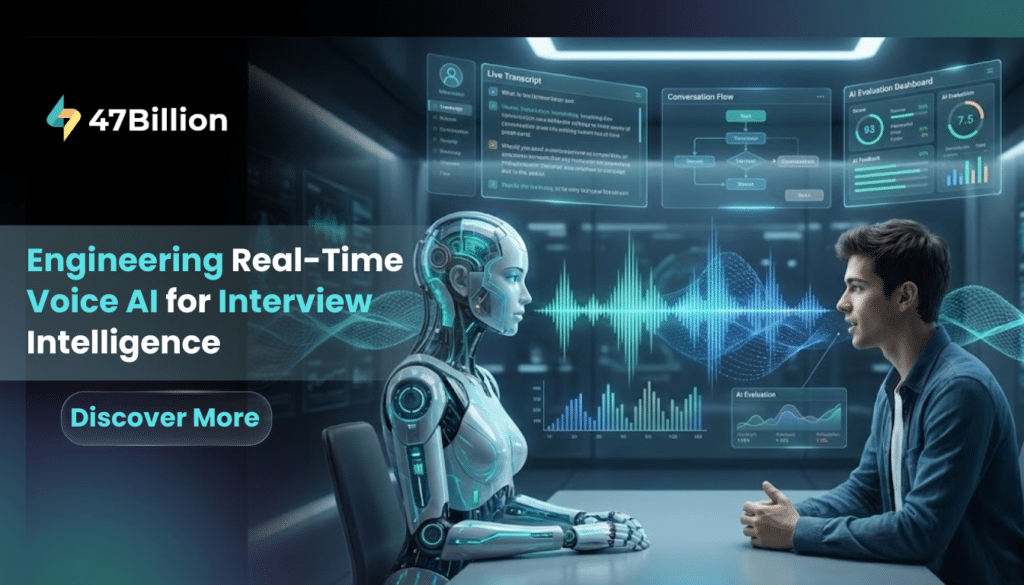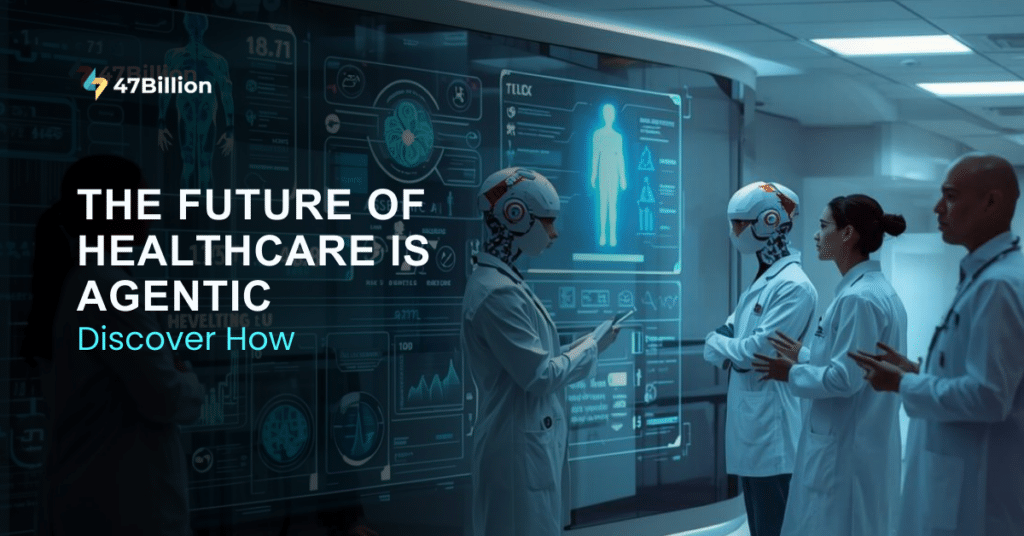As the global AI market propels towards a projected $190.61 billion by 2025, the influence of next-generation tools like ChatGPT extends widely. While ChatGPT holds transformative potential, it’s crucial to understand that data analytics goes beyond creating visualizations. It involves tasks beyond routine identification of sources and structure definition, encompassing activities such as comprehending business complexities, creatively navigating through data noise, managing large datasets, and promoting collaborative teamwork.
In the expanding domain of data analytics, limitations of traditional methods are becoming evident. The conventional approach, centered around clean, tabular data within language model token limits, is evolving. Enterprises, in particular, face challenges handling data dispersed across various sources. Data privacy becomes a key concern, and the scale of data analytics often surpasses an individual’s laptop capacity. In such instances, integration with enterprise-level solutions becomes crucial for effective data management.
This evolution emphasizes the need for a comprehensive understanding of data analytics beyond conventional practices. Enterprises must grapple with diverse data sources and locations, addressing privacy concerns and navigating beyond individual device constraints. The integration of enterprise-level solutions becomes a vital aspect, ensuring a seamless approach to handling the complexities of modern data analytics.
Understanding Enterprise Analytics Complexity Beyond Tabular Data
Enterprises are navigating complex landscapes where data is dispersed, often requiring sophisticated integration solutions. The traditional role of a data analyst, once primarily focused on identifying data sources and creating visualizations, is undergoing a paradigm shift. It now involves struggling with the intricacies of business operations, creatively and intelligently dealing with noise, and collaborating with large teams.
Data analytics at the enterprise level is not limited to one person’s laptop; instead, it involves managing and analyzing data that may not fit within the confines of traditional tools. The integration of large-scale enterprise solutions become paramount, ensuring that data analysts can effectively work with diverse data sources stored in various locations.
Furthermore, the critical aspect of data privacy introduces additional layers of complexity. Data analysts must not only extract meaningful insights but also navigate the regulatory landscape to ensure compliance with privacy standards. As data analytics takes center stage in driving business decisions, enterprises must invest in robust systems that can handle the intricacies of large-scale, diverse data.
ChatGPT’s Role in Enhancing Productivity: A Realistic Perspective
In the dynamic landscape of data analytics, tools like ChatGPT offer a new dimension to productivity. Similar to their impact on software engineering tasks, these tools can democratize knowledge that was once confined to a selection of few. However, the key lies in the user’s ability to articulate questions and understand the nuances of data analysis effectively.
ChatGPT’s proficiency in automating routine tasks, such as identifying relevant data sources and defining structures, provides a substantial productivity boost. Analysts can redirect their efforts from mundane tasks to more complex aspects of analysis, fostering higher-order thinking and problem-solving. The tool’s ability to generate details for visualizations accelerates the analytical process, enabling faster insights.
Yet, amidst the excitement surrounding the capabilities of ChatGPT, it’s essential to acknowledge its current limitations. The tool, while powerful, has its challenges. In instances where non-textual information, such as Excel sheets of sales figures, is involved, ChatGPT’s utility is restricted. The evolving nature of technology prompts speculation about future versions and potential advancements in large language models (LLMs) and natural language processing (NLP).
Harmony between Human Expertise and Technological Capabilities
As companies navigate through this changing landscape, incorporating ChatGPT into data analytics showcases the teamwork between human skills and technology. Success in this evolving scenario comes from having a strategic, problem-solving mindset combined with a deep understanding of how businesses work.
Concerns arise about ChatGPT potentially taking jobs in the data and analytics field, as it can automate tasks that analysts typically do. However, the immediate worry is lessened by the current limitations of sophisticated language models and natural language processing tools. Essential human skills like thinking critically and solving complex problems are still beyond what these tools can do, making a complete replacement unlikely.
The key is finding a balance where ChatGPT enhances what humans can do, making data analytics more efficient. Instead of seeing it as a threat, it becomes a tool that works alongside human abilities, contributing to a better and more effective data analytics process.
Challenges and Opportunities in the Transformative Landscape
As businesses transform, it’s crucial to tackle emerging threats, with a particular focus on safeguarding data security. Managing these new challenges becomes paramount to ensure a secure environment for evolving enterprises. An ongoing concern is the potential infusion of systemic biases into tools like ChatGPT, rooted in its reliance on extensive datasets. Vigilant oversight is necessary to rectify errors arising from low-quality input data and potential distortions in ChatGPT’s responses.
The landscape of intellectual property experiences a paradigm shift, primarily when the tool generates analytical models or suggests designs based on user-fed data. This shift raises intricate questions about ownership determination and the prevention of plagiarism within a data-driven training environment. Unprecedented challenges emerge, demanding meticulous control and resolution strategies.
While technological innovation holds great promise, it accompanies complexities that cannot be ignored. A cautious and prepared approach becomes indispensable in navigating the disruptions introduced by this new era of technology. It extends beyond the realms of personal use, influencing the very fabric of business operations. As we embrace these technological advancements, a proactive stance in addressing challenges ensures a smoother integration of innovation, fostering a harmonious coexistence between technology and the intricate dynamics of personal and business domains.
Final Takeaway: Approaching Data Analytics with Mindful Readiness
So, ChatGPT signifies a new era in data analytics, prompting the blend of technology and human skills. This shift will profoundly transform people, processes, technology, and data, with AI-powered tools assuming a central role. As we enter this transformative landscape, embracing caution and preparedness becomes crucial for effectively tackling emerging challenges.
While the integration of ChatGPT enhances productivity and introduces new possibilities, there is still room for improvement in the role of human analysts in navigating the complexities of enterprise-level data analytics. The future necessitates a symbiotic relationship between technology and human capabilities, emphasizing a balanced and pragmatic approach to data analysis in this evolving era.
Conclusively, as ChatGPT and similar tools become integral to the analytics landscape, it is vital to recognize the enduring importance of human insights and skills. The collaboration between AI-powered tools and human analysts holds the key to unlocking the full potential of data analytics, ensuring a seamless and effective adaptation to the evolving dynamics of the field.







